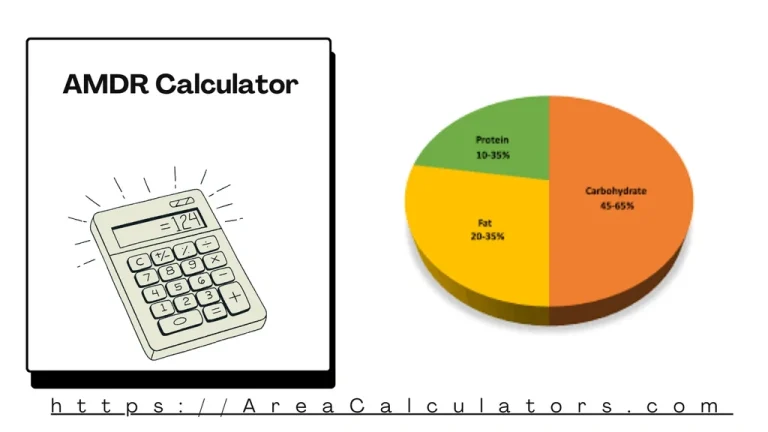Similar Posts

Goals Against Average Calculator
ByStevenTo calculate goals against average (GAA), multiply the total goals allowed by 60 and divide the result by the total minutes played. The Goals Against Average (GAA) Calculator is a vital tool for analyzing a goalie’s performance in sports like hockey or soccer. GAA measures the average number of goals allowed per 60 minutes of…
Number Needed to Treat Calculator (NNT)
ByStevenTo find the number needed to treat, take 1 and divide it by the absolute risk reduction. Formula: NNT = 1 ÷ ARR Table of Variables Variable Meaning NNT Number Needed to Treat ARR Absolute Risk Reduction What is a Number Needed to Treat Calculator | NNT Calculator 2025 Let’s say there’s a new drug…
Vertical Jump Calculator – Dunk Calculator 2025
ByStevenTo find your vertical jump, divide your power (P) by four times your weight (W), then square the result. Formula: V = (P / 4 × W)² Table of Variables Variable Meaning V Vertical Jump (inches) P Power Output W Body Weight What is a Vertical Jump Calculator: Come and See How Vertical Jump Calculator…
Steps Per Minute Calculator [Free Walking Pace Calculator]
ByStevenTo find your steps per minute, divide your distance by your stride length and then divide the result by the time in minutes. Formula: SPM = D ÷ SL ÷ T Table of Variables Variable Meaning SPM Steps Per Minute D Distance (in meters) SL Stride Length (in meters) T Time (in minutes) What is…
Cumulative Incidence Calculator [Epidemiology, Disease Spread]
ByStevenTo find cumulative incidence, divide the number of new cases by the total population at risk. Formula: CI = NC ÷ TP Table of Variables Variable Meaning CI Cumulative Incidence NC Number of New Cases TP Total Population at Risk What is a Cumulative Incidence Calculator | Find The Total Number Of Disease Affected People…

AMDR Calculator
ByStevenMultiply your daily calorie intake by the recommended percentage ranges for carbs, protein, and fats, then divide by the respective calorie-per-gram values. The AMDR Calculator helps estimate the acceptable macronutrient distribution range (AMDR) for carbohydrates, proteins, and fats based on your daily caloric intake. AMDR ensures you consume macronutrients within healthy ranges to support energy…


